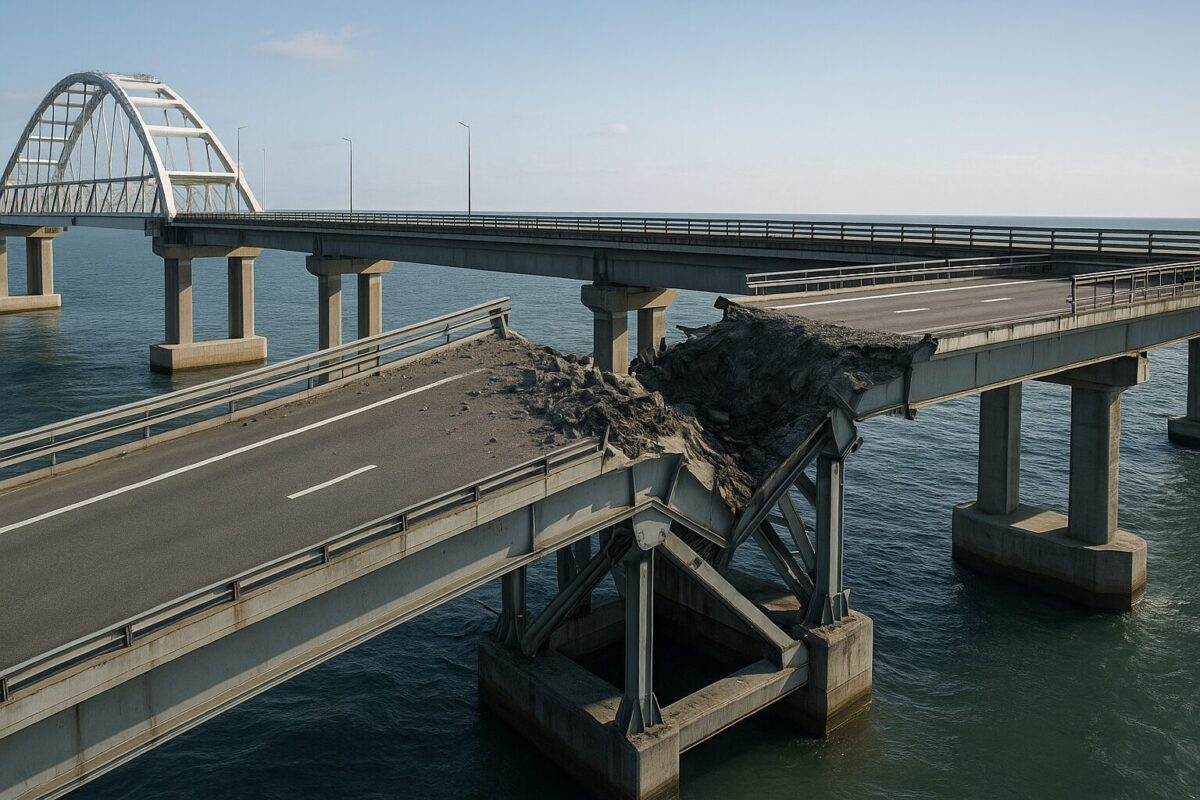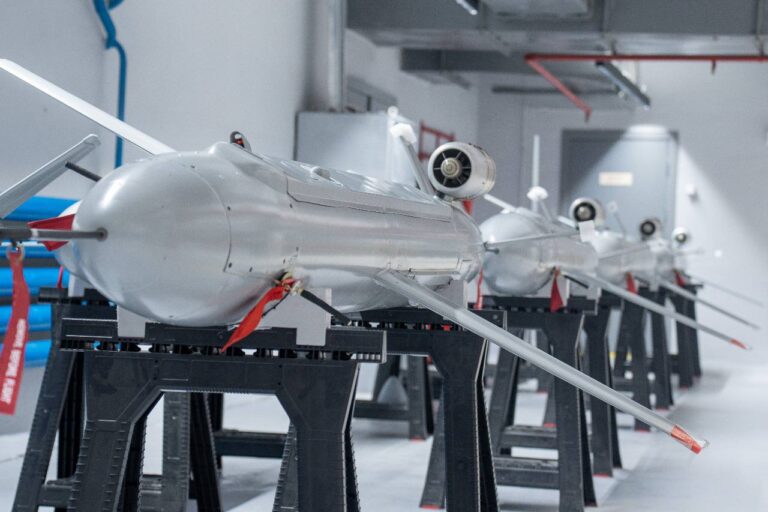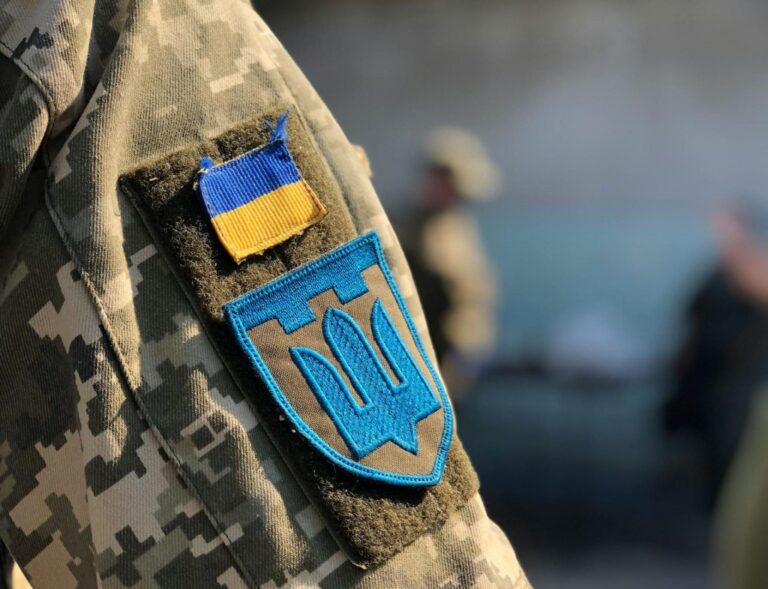
Crimean Bridge 2025: Why Ukraine Hit Russia’s Key Supply Route Again
On June 3, the Crimean Bridge was hit again. This time — from beneath, quietly, precisely, and without casualties. Ukrainian special forces placed explosives under one of the bridge’s support columns. Two of the four main pillars were damaged. According to SBU Chief Vasyl Maliuk, the bridge is now officially in critical condition.
The operation took several months to prepare. Official reports indicate the use of a charge equivalent to 1,100 kg of TNT. That doesn’t mean actual tons of explosives were delivered underwater — the figure refers to the blast’s intensity, not its physical weight.
Later that same day, new explosions were heard — likely from unmanned naval drones. No official statement was issued about the second strike. But one thing is clear: Ukraine is not just capable of hitting the bridge. It’s choosing when to do so.
Why now?
The Crimean Bridge is both symbol and logistics. As a symbol, it’s long been a showcase for the Kremlin.
But strategically, it remains a crucial supply route — transporting weapons, fuel, and troops from Russia to occupied southern Ukraine.
This latest operation came days after U.S. sources confirmed Ukraine’s role in destroying Russian strategic bombers. And just as The New York Times reported that Moscow is preparing a major retaliatory strike — likely on Ukraine’s energy grid or civilian infrastructure.
That makes this attack something more than a military move. It’s a warning. A calculated, preemptive signal. In a language Moscow understands.
Technical precision as political messaging
The explosion occurred at 4:44 a.m. — a time chosen to avoid civilian traffic. No casualties. The blast targeted the load-bearing structure directly, with no collateral damage.
This stands in stark contrast to Russia’s approach: missile strikes during rush hour, attacks on residential buildings, and indiscriminate shelling.
Ukraine is demonstrating restraint — and intent. It strikes what matters, not what’s visible.
“Critical condition” — what does that mean?
According to Ukrainian officials, the bridge is no longer fully operational. Russia may claim to have restored some traffic. But that’s beside the point. The question isn’t whether a car can cross — it’s whether the bridge remains reliable for sustained military logistics.
Ukraine has long identified the Crimean Bridge as a legitimate military target. It serves as the main artery for Russian resupply on the southern front.
A structurally compromised bridge is not just damage — it’s strategic disruption.
Revelant
What happens next?
As expected, Russia is downplaying the impact:
– claiming traffic has resumed;
– publishing footage of intercepted naval drones;
– accusing Ukraine of “terrorist acts.”
But with each new strike, one thing becomes more evident: Russia’s belief in the invincibility of the bridge is eroding. Even if the concrete holds — confidence in its role is breaking down.
Will Russia respond?
Almost certainly. The Kremlin has a pattern: symbolic hits trigger harsh retaliation — not just on the battlefield, but deep into Ukraine’s civilian zones.
The same happened after attacks on Russia’s airfields and ammunition depots. The same could happen now. Ukraine’s energy infrastructure may again become a target. That’s why honest dialogue with Western allies is more urgent than ever.
Final thoughts
Ukraine doesn’t issue ultimatums. It doesn’t strike for headlines. But its actions are deliberate — and targeted.
The Crimean Bridge wasn’t just damaged. Its status as an untouchable icon is gone.
And that, in itself, is a statement — In a language the Kremlin understands perfectly: Escalate, and you will be hit where it hurts.














